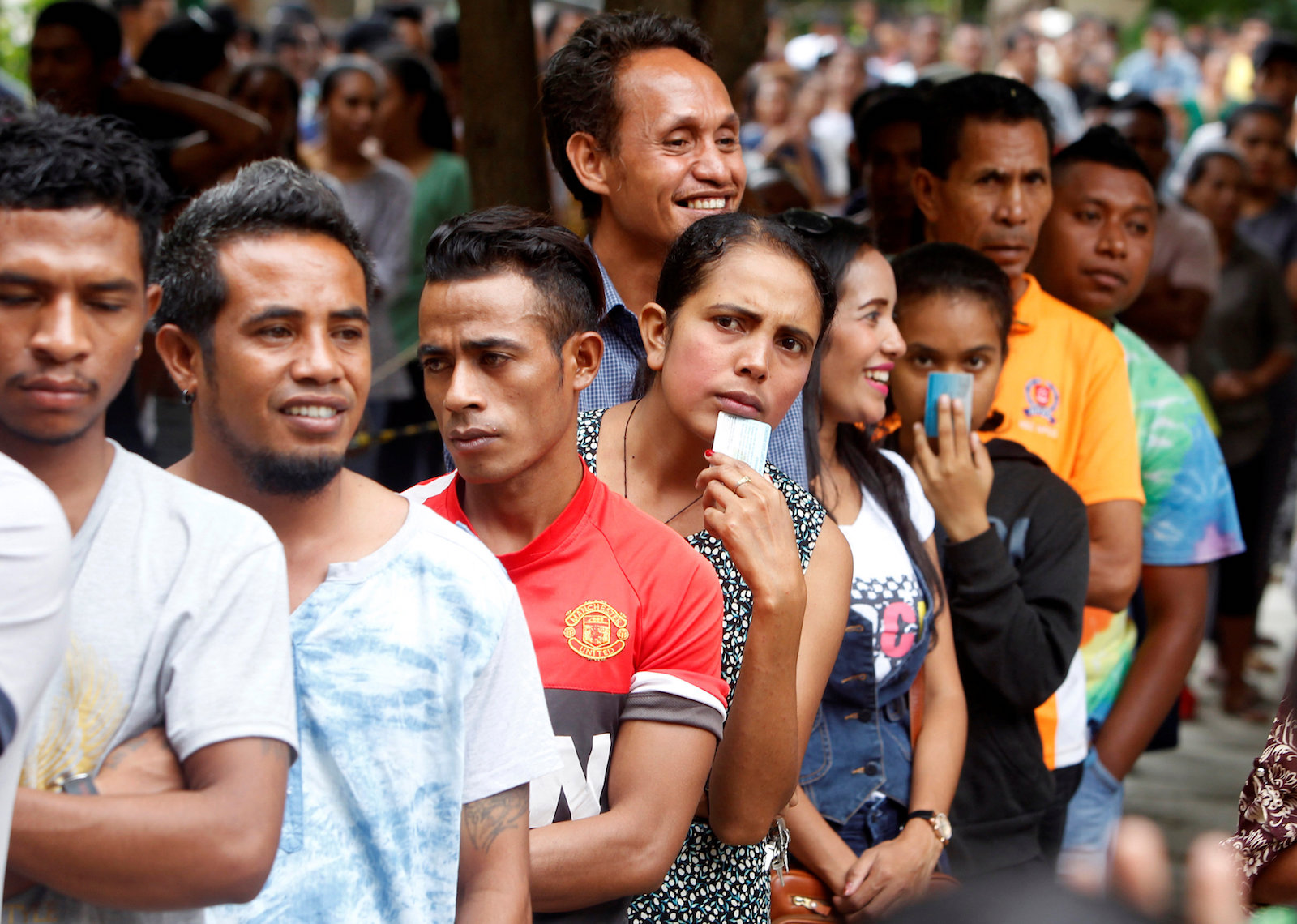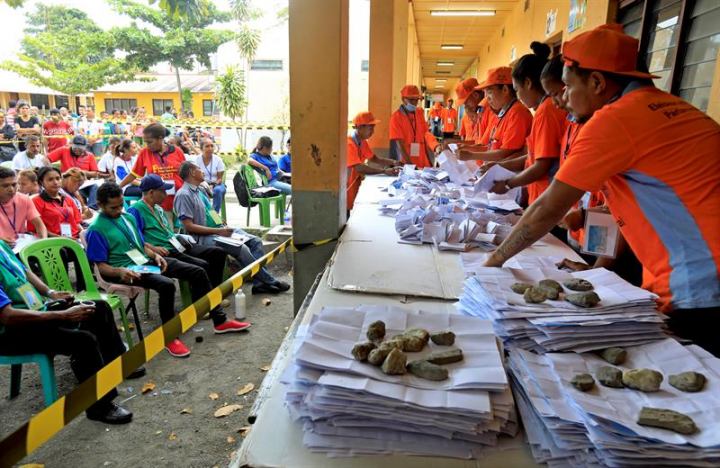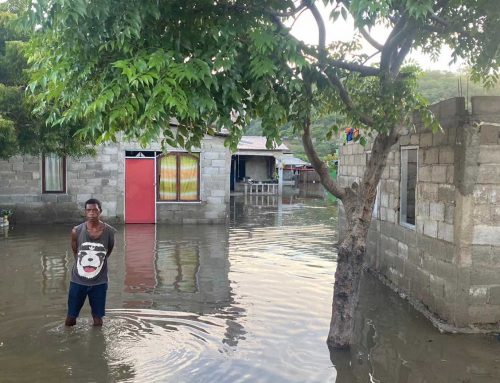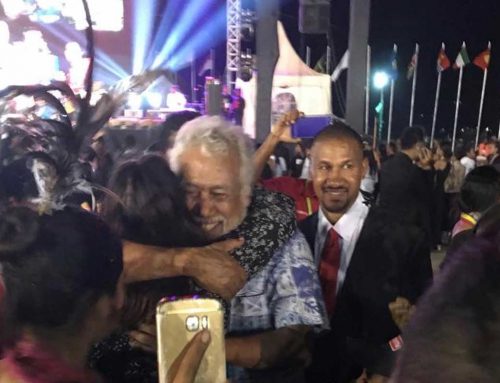Picture – CNRT leader Xanana Gusmão after casting his vote on Saturday. Antonio Dasiparu/EPA
This week I have spent the week in Dili, Timor-Leste as an observer of their elections. From my perspective, and what I heard from other observer teams was that the election was conducted in a peaceful and fair manner.
There was quite a campaign in the lead up to these elections follows nearly ten months of political uncertainty, and for Timor-Leste, it delivered a decisive result. Change for Progress Alliance, or AMP, a coalition of three parties led by Xanana Gusmão, won 49.6% of the national vote. This represented the delivery of thirty-four out of sixty-five seats and winning a narrow majority in its own right.
In Timor’s proportional system, where outright majorities aren’t common, this was a strong vindication of the decision to combine the forces of Gusmão’s CNRT with Taur Matan Ruak’s Popular Liberation Party, or PLP, and the smaller youth-focused party KHUNTO in a formal pre-election coalition.
Dili itself was unusually quiet during the election as many had returned to their home districts to vote. Voter turn out was strong, with 81% of the voting populations turning up. This represents a 5% increase from last years vote. Furthermore, it appeared the population of Timor-Leste wanted their vote to count with a shift away from votes for the small parties unlikely to reach effective levels of support with a shift towards the four largest parties. These 4 parties captured 97% of the total vote and the two majors attracted 84% of the vote.
For a more comprehensive breakdown of the election results, this is a great article ‘In Timor-Leste – A Vote For Certainly’ by Michael Leach offers some helpful insights.

Voters line up to cast their vote in the May elections in Timor-Leste. Photo: Asia Times

Workers count votes during the parliamentary election in Dili. Source: news4europe
Election Statistics
Election Date: 12 May 2018
Registered Voters: 784,286
This was represented 48% Women and 52% Men
Number of Polling Centres: 885
Number of Polling Stations: 1,160
Number of Polling Workers: 12,000
Number of Seats: 65





